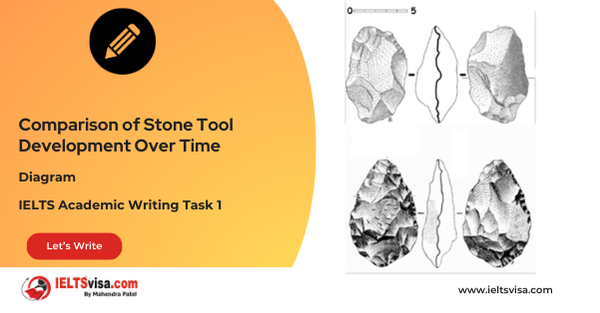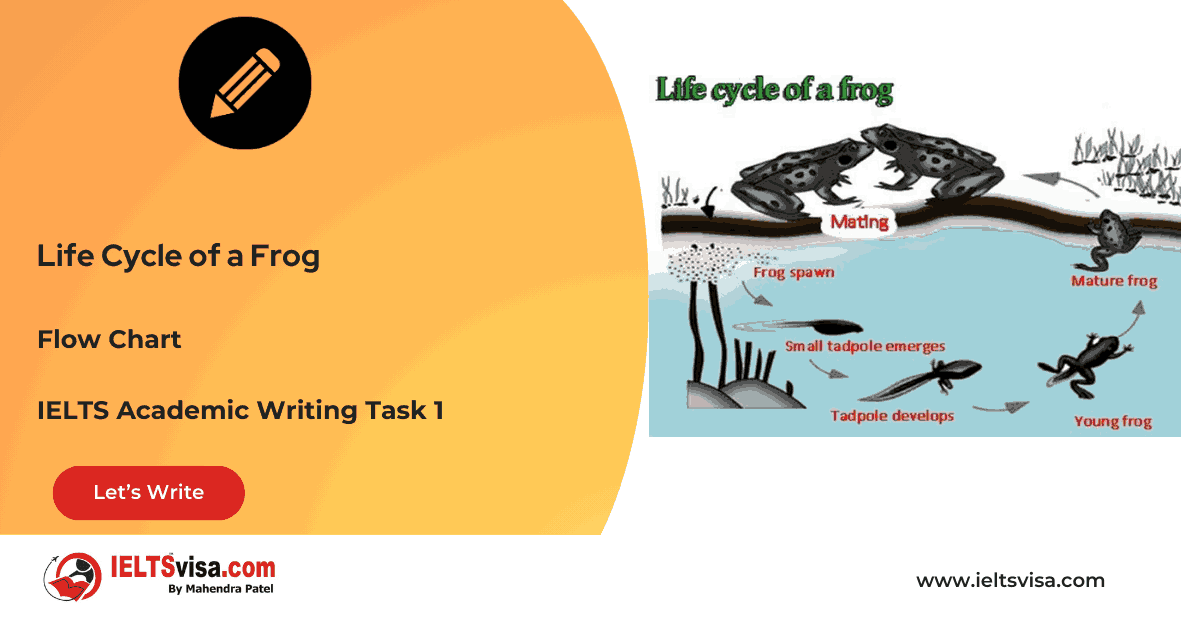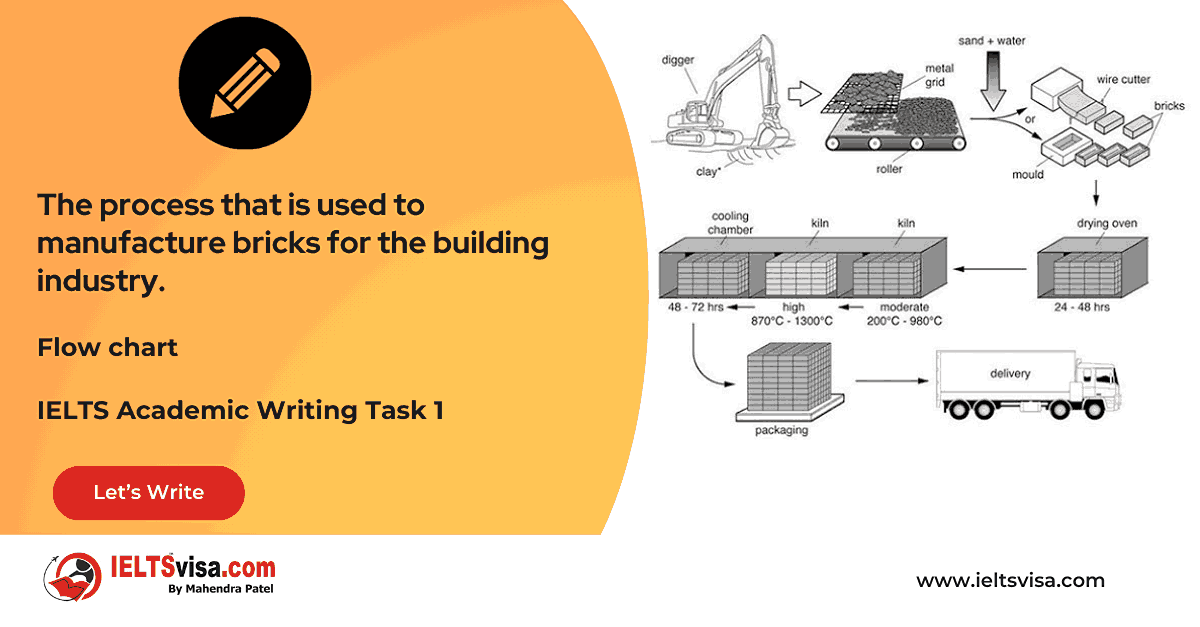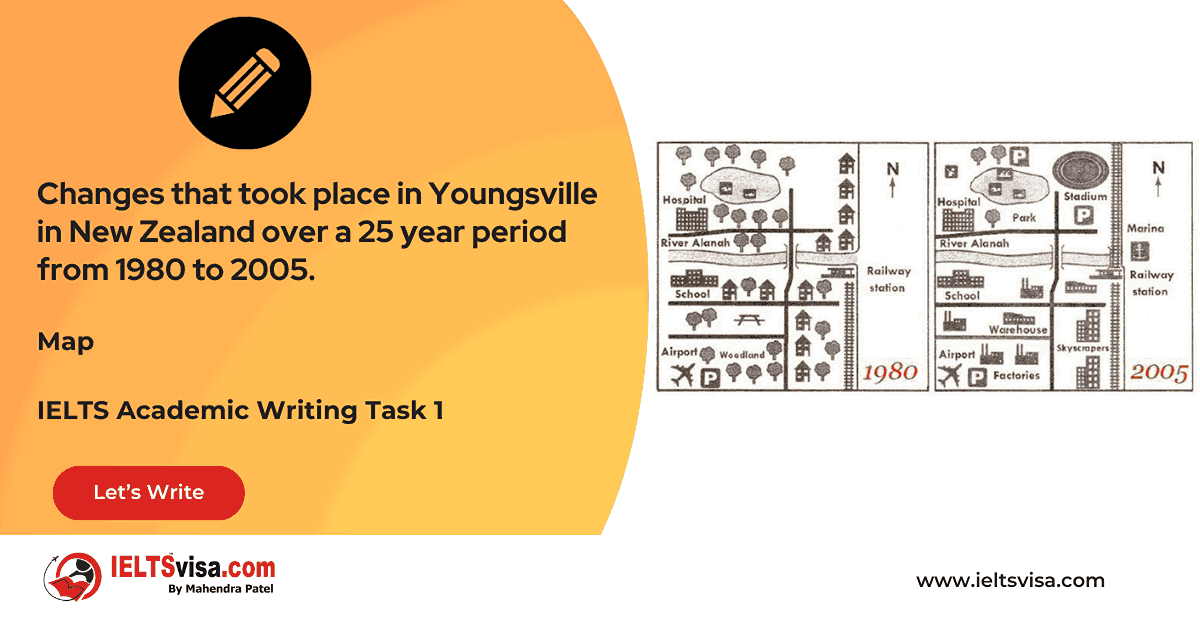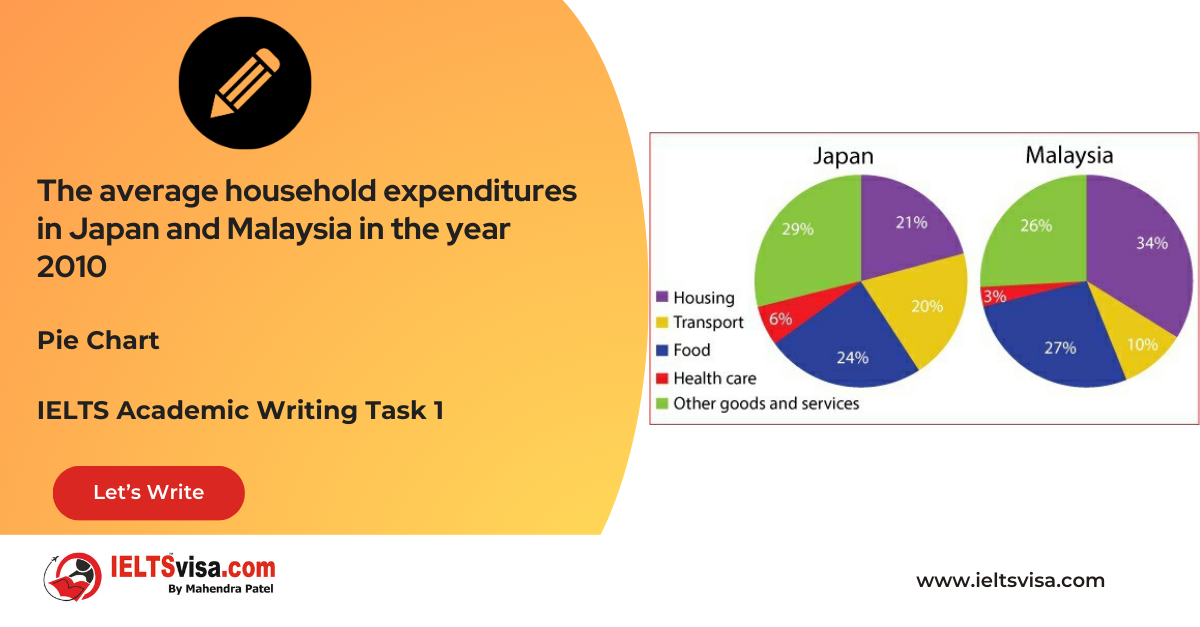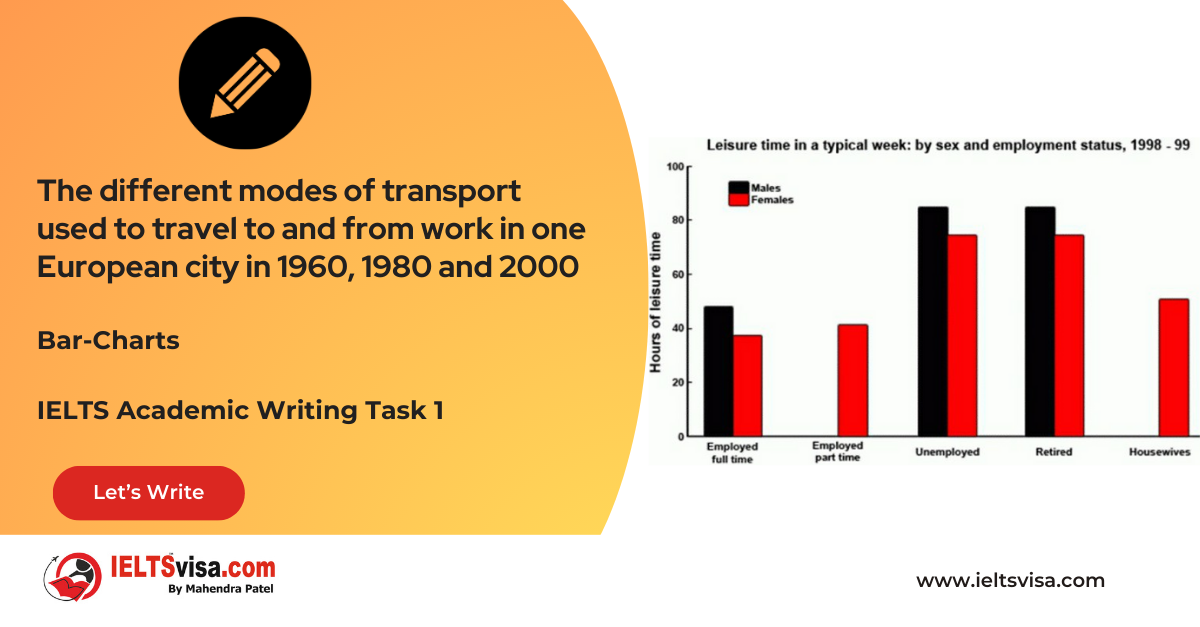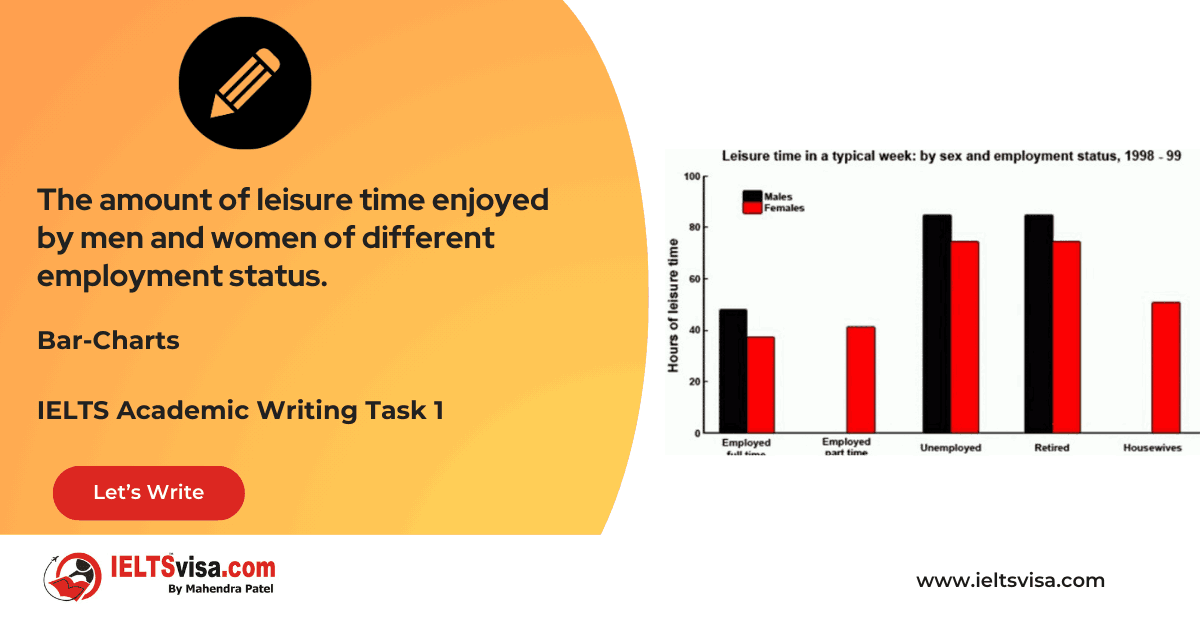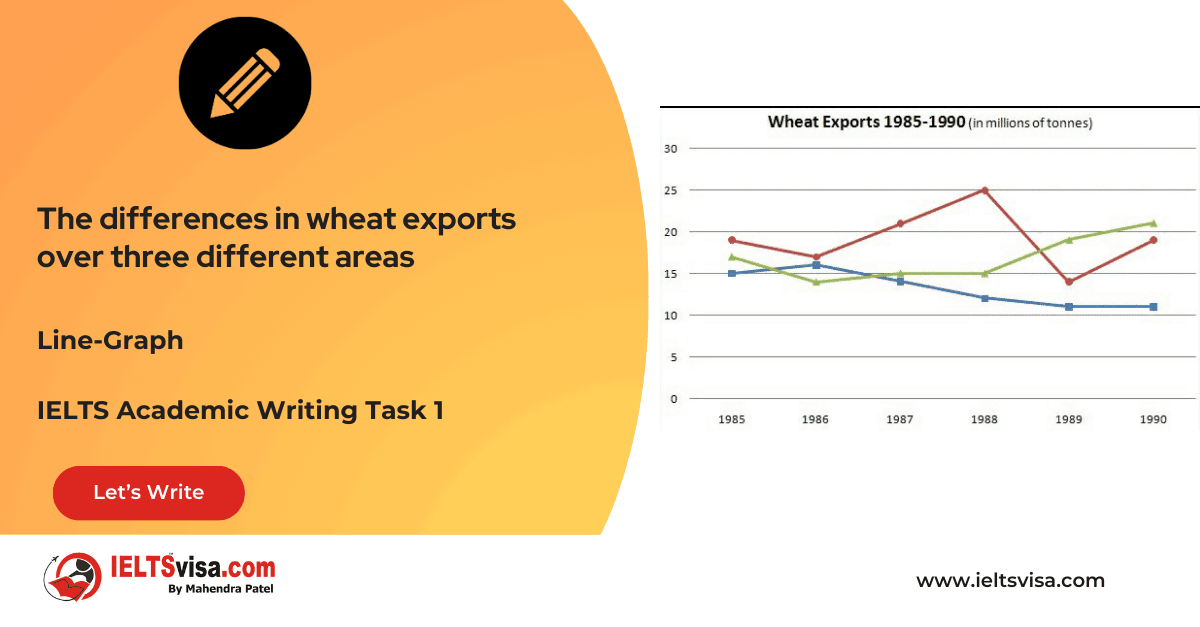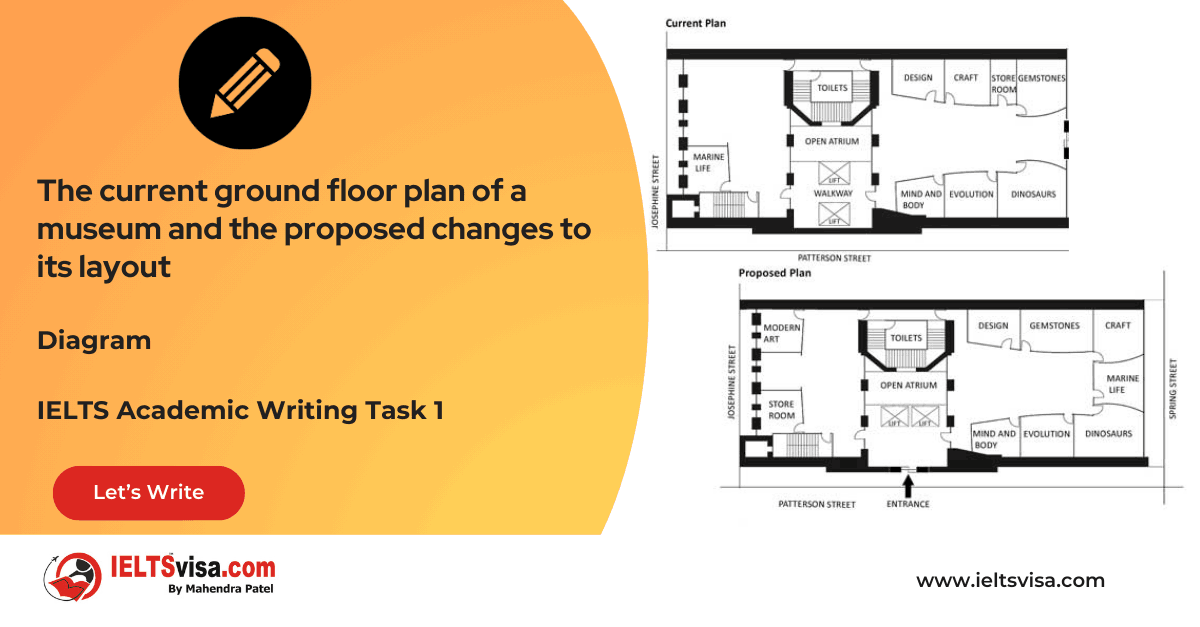More Comparative Structures
Lexical Resource & Grammatical Range and AccuracyIELTS Academic Writing Task 1
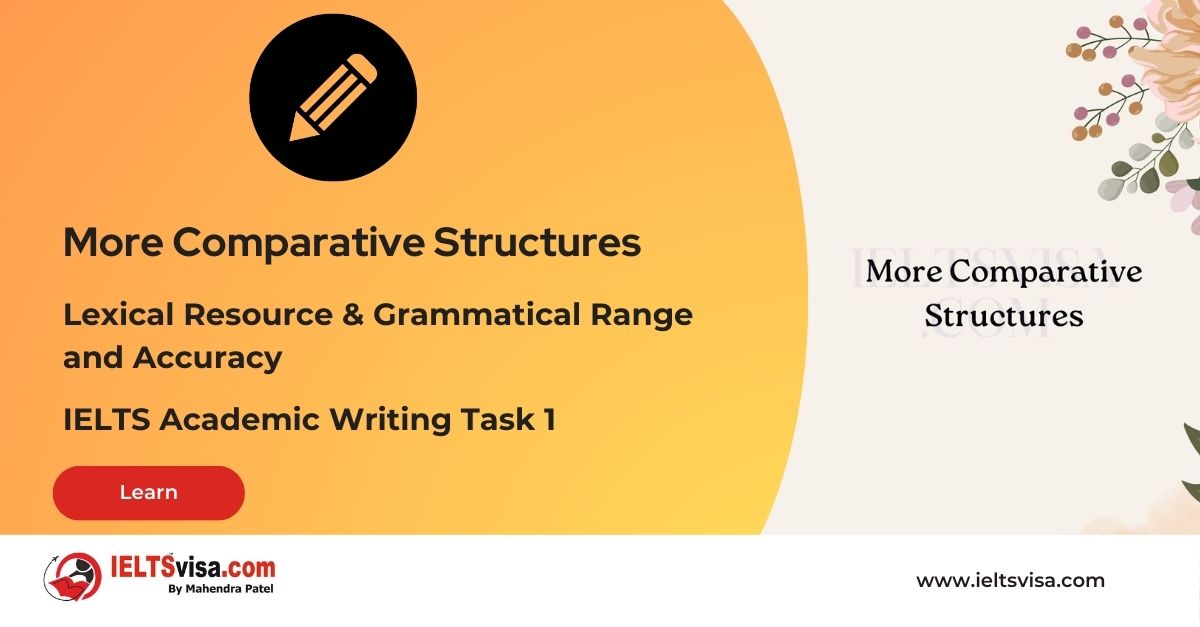
In the IELTS Academic Writing Task 1, utilising a range of comparative structures is crucial for demonstrating a strong command of Lexical Resource and Grammatical Range and Accuracy. This task requires you to describe and interpret visual information, such as graphs, charts, and diagrams, which often involve comparing different data sets, trends, or categories.
By using various comparative structures, you can effectively compare and contrast the information, showcasing your language proficiency and enhancing your overall performance.
This article will explore more comparative structures to enhance your Task 1 writing, accompanied by examples and answers to help you excel.
1. Comparative Form with “As…As”:
The “as…as” structure expresses an equal or similar degree between two things. It highlights that two items share the same characteristic or level. Here are some examples:
a. The number of participants in Group A is as high as that in Group B.
b. The temperature in City X is as hot as in City Y during the summer months.
c. The sales of Product A are as significant as those of Product B.
2. Comparative Form with “The…The”:
This structure simultaneously compares two characteristics or trends, emphasising their relationship. Here are some examples:
a. The higher the education level, the higher the income.
b. The more hours spent studying, the better the exam results.
c. The faster the internet speed, the more efficient the work process.
3. Comparative Form with “More…Than”:
Using “more…than” helps compare the degree of a particular quality or quantity between two entities. Here are some examples:
a. More people prefer online shopping than traditional shopping methods.
b. The company invested more money in research and development than its competitors.
c. The rate of unemployment in Country A is higher than in Country B.
4. Comparative Form with “Less…Than”:
“Less…than” compares the degree of a particular quality or quantity, indicating a smaller amount or lower level. Here are some examples:
a. The cost of living in City X is less expensive than in City Y.
b. The number of students in the science program is less than in the arts program.
c. The pollution levels in the city are less severe than in the industrial areas.
Example Answer:
Original Sentence:
The sales of Product A increased.
Original Sentence:
The sales of Product B decreased.
Revised Sentence:
The sales of Product A increased more significantly compared to the decrease in sales of Product B.
In the revised sentence, a comparative structure is used to compare the changes in sales for Product A and Product B, emphasising the degree of increase and decrease.
In conclusion, incorporating a variety of comparative structures in your IELTS Academic Writing Task 1 is essential for showcasing your Lexical Resource and Grammatical Range and Accuracy by using structures such as “as…as,” “the…the,” “more…than,” and “less…than,” you can effectively compare and contrast the information provided in the visual data.
With consistent practice and attention to detail, you will excel in Task 1 and achieve success in your IELTS examination.
Good Luck!








Our Books
Master IELTS Speaking Part 1
IELTS Writing Task 1 Book
IELTS Writing Task 2 Book
Practice IELTS Other Modules
IELTS Listening
The IELTS Listening test assesses how well you can understand spoken English in various contexts. It lasts about 30 minutes and is divided into four sections with a total of 40 questions. The listening tasks become increasingly difficult as the test progresses.
IELTS Academic Reading
The IELTS Academic Reading section assesses your ability to understand and interpret a variety of texts in academic settings. It is designed to evaluate a range of reading skills, including skimming for gist, reading for main ideas, reading for detail, understanding inferences, and recognizing a writer's opinions and arguments.
IELTS Speaking
The IELTS Speaking test assesses your ability to communicate in English on everyday topics. It lasts 11-14 minutes and consists of three parts: introduction, cue card, and a discussion based on the cue card topic.
IELTS General Reading
IELTS General Reading tests your ability to understand and interpret various types of texts. Here are some key areas and types of content you can expect to encounter in the reading section, along with tips for effective preparation.
IELTS Academic Writing Task 1
In IELTS Academic Writing Task 1, you are presented with a visual representation of information, such as graphs, charts, tables, or diagrams, and you are required to summarize, compare, or explain the data in your own words.
IELTS General Writing Task 1
In IELTS General Writing Task 1, you are required to write a letter based on a given situation. The letter can be formal, semi-formal, or informal, depending on the prompt. Here’s a breakdown of the key components to include in your letter
IELTS Academic Writing Task 2
In IELTS Academic Writing Task 2, you are required to write an essay in response to a question or topic. Here’s a guide to help you understand the essential elements of this task
IELTS Exam Tips
To succeed in the IELTS exam, practice regularly, familiarize yourself with the test format, improve your vocabulary, develop time management skills, and take mock tests to build confidence.
Grammer for IELTS
Grammar is the foundation of effective communication in English. Understanding tense usage, subject-verb agreement, and sentence structure enhances clarity and coherence in writing and speaking.
Vocabulary for IELTS
Vocabulary plays a crucial role in the IELTS (International English Language Testing System) exam, especially in the Speaking and Writing sections. Here’s an overview of why vocabulary is important and how it impacts your performance
RECENT IELTS SAMPLES QUESTIONS AND ANSWERS
Task 1 – Diagram – Comparison of Stone Tool Development Over Time
20:00 Start Pause Stop [df_adh_heading title_infix="IELTS Writing Task 1 Question" use_divider="on"...
Task 1 – Flow chart -Life Cycle of a Frog
20:00 Start Pause Stop [df_adh_heading title_infix="IELTS Writing Task 1 Question" use_divider="on"...
Task 1 – Flow chart -The process that is used to manufacture bricks for the building industry.
20:00 Start Pause Stop [df_adh_heading title_infix="IELTS Writing Task 1 Question" use_divider="on"...
Task 1 – Map – Changes that took place in Youngsville in New Zealand over a 25 year period from 1980 to 2005.
20:00 Start Pause Stop [df_adh_heading title_infix="IELTS Writing Task 1 Question" use_divider="on"...
Task 1 – Pie Chart – The average household expenditures in Japan and Malaysia in the year 2010
20:00 Start Pause Stop [df_adh_heading title_infix="IELTS Writing Task 1 Question" use_divider="on"...
Task 1 – Bar Graph – The different modes of transport used to travel to and from work in one European city in 1960, 1980 and 2000
20:00 Start Pause Stop [df_adh_heading title_infix="IELTS Writing Task 1 Question" use_divider="on"...
Task 1 – Bar Graph – The amount of leisure time enjoyed by men and women of different employment status
20:00 Start Pause Stop [df_adh_heading title_infix="IELTS Writing Task 1 Question" use_divider="on"...
Task 1 – Line Graph – The differences in wheat exports over three different areas
20:00 Start Pause Stop [df_adh_heading title_infix="IELTS Writing Task 1 Question" use_divider="on"...
Task 1 – Diagram – The current ground floor plan of a museum and the proposed changes to its layout
20:00 Start Pause Stop [df_adh_heading title_infix="IELTS Writing Task 1 Question" use_divider="on"...

